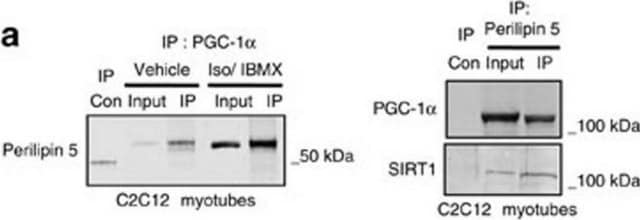D185
Diethylenetriamine/nitric oxide adduct
≥97% (NMR), solid
Synonym(e):
2,2′-(Hydroxynitrosohydrazono)bis-ethanimine, DETA/NO
About This Item
Empfohlene Produkte
Assay
≥97% (NMR)
Form
solid
Lagerbedingungen
desiccated
under inert gas
Farbe
off-white
Löslichkeit
H2O: >20 mg/mL
Versandbedingung
dry ice
Lagertemp.
−20°C
SMILES String
NCCN(CC[NH3+])N([O-])N=O
InChI
1S/C4H12N5O2/c5-1-3-8(4-2-6)9(11)7-10/h1-6H2/q-1/p+1
InChIKey
PAOXTYJXTPPVHU-UHFFFAOYSA-O
Anwendung
- to evaluate the direct effects of NO on cell proliferation in ovine trophectoderm (oTr1) cells
- to test its effects on recreating the growth inhibitory effect of NO without the presence of macrophages
- to correlate the outflow function and outflow tract vessel diameter changes with other controls in porcine models
Biochem./physiol. Wirkung
Vorsicht
Signalwort
Danger
H-Sätze
Gefahreneinstufungen
Self-react. C
Lagerklassenschlüssel
5.2 - Organic peroxides and self-reacting hazardous materials
WGK
WGK 3
Flammpunkt (°F)
Not applicable
Flammpunkt (°C)
Not applicable
Persönliche Schutzausrüstung
dust mask type N95 (US), Eyeshields, Gloves
Analysenzertifikate (COA)
Suchen Sie nach Analysenzertifikate (COA), indem Sie die Lot-/Chargennummer des Produkts eingeben. Lot- und Chargennummern sind auf dem Produktetikett hinter den Wörtern ‘Lot’ oder ‘Batch’ (Lot oder Charge) zu finden.
Besitzen Sie dieses Produkt bereits?
In der Dokumentenbibliothek finden Sie die Dokumentation zu den Produkten, die Sie kürzlich erworben haben.
Unser Team von Wissenschaftlern verfügt über Erfahrung in allen Forschungsbereichen einschließlich Life Science, Materialwissenschaften, chemischer Synthese, Chromatographie, Analytik und vielen mehr..
Setzen Sie sich mit dem technischen Dienst in Verbindung.









